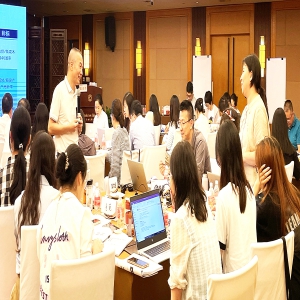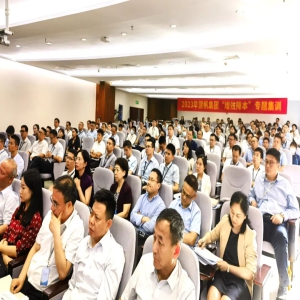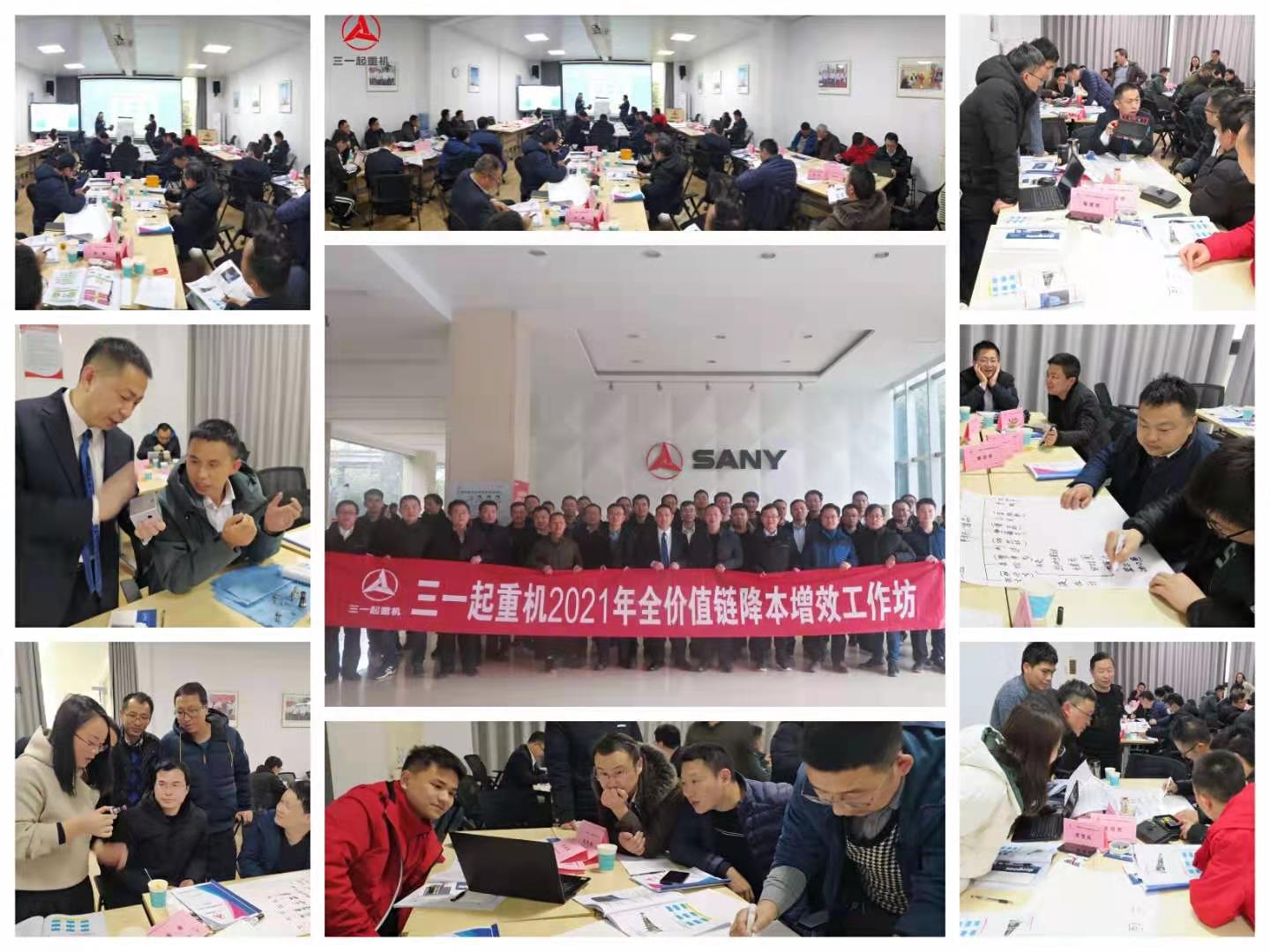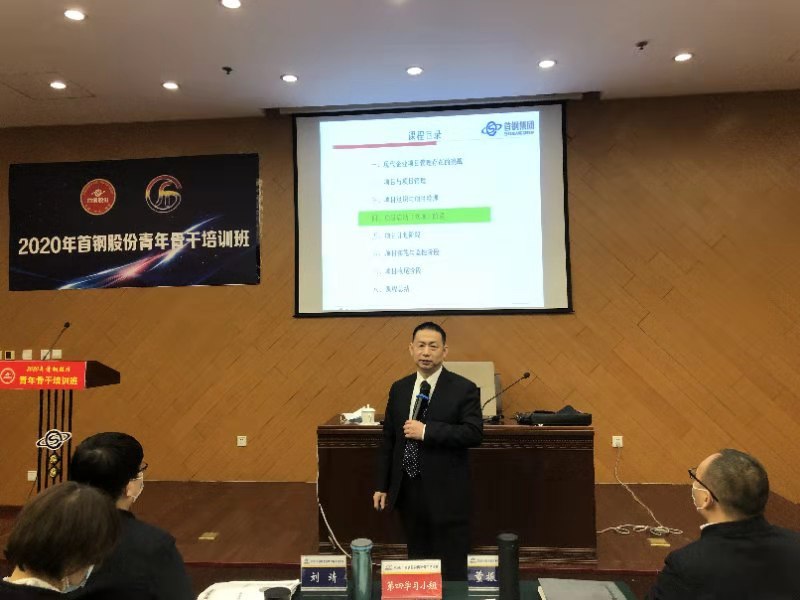采购物流
战略供应链管理
参加对象: 供应链部门如计划、采购、生产、客户服务和物流部门的管理人员;参与供应链运营的跨部门成员,如质量、成本控制和客户需求管理部门的管理人员公开课编号
GKK7238
主讲老师
资深讲师
参加费用
7990元
课时安排
3天
近期开课时间
2015-07-22
举办地址
加载中...
- 开课地址: 开课时间:
电话:010-68630945/18610481046 联系人:尹老师
公开课大纲
1.供应链概述
客户价值的实现
供应链管理范围的新视角
供应链管理职能的演变
2.供应链对企业运营结果的影响
对新产品开发上市的影响
对企业内部运营成本和效率的影响
对提升企业产品的市场竞争优势的影响
对企业投资回报率的影响
3.供应链管理的基本流
供应链运营的动力系统
各基本流所涉及的主要活动
供应链活动的价值分析和改善行动
4.供应链设计的策略选择
产品特征、生命周期和市场营销策略对供应链设计的影响
局部优化 vs. 全局优化的决策
供应链的库存模式、驱动模式、结构模式、组合模式
5.高效供应链管理的特征
高效供应链的组织系统、运营系统、管理系统和信息支持系统
6.供应链管理的挑战和积极应对
跨公司/跨部门利益、目标的冲突性
供应链的动态性
供应链结构复杂性
7.供应链职能部门与交叉跨部门团队
供应链运营的全过程
过程中的关键步骤和主要控制点
职能部门和交叉跨部门团队的优势和弱势
跨部门团队运作的目标、职责、权力和责任
应对供应链管理中跨部门合作的障碍
8.需求信息流管理的意义和方法
信息的价值,集中信息管理的意义
有效预见和管理“可预见”动态性的策略方法
平衡需求和供应的决策系统(S&OP)
9.采购管理的意义和方法
战略采购对动态供应链的贡献
提升供应灵活性的策略方法
10.供应链管理的信息技术
供应链信息系统的组件
信息系统在供应链管理中的应用
信息系统的有效整合
11.供应链管理业绩的衡量
公司业务层面的衡量指标
跨部门合作层面衡量指标
供应链职能部门层面的衡量指标
衡量指标的矩阵式管理
1. Supply chain overview
The realization of customer value
New perspective of supply chain management
Evolution of supply chain management functions
2. Supply chain’s influence on the operational results of the company
New product launching
Internal operation costs and efficiency
Product competitive advantage in the market
The return of invested capital (ROIC)
3. Basic flows of SCM (supply chain management)
Demand & supply information flow, material flow and cash flow
The main activities involved
Value analysis of supply chain activities and improvement
4. Strategy of supply chain design
The impact on supply chain design from product characteristics, life cycle and marketing strategies
Decision of part optimization vs. global optimization
Inventory model, driven model, structure model, multi-combination model of supply chain design
5. The characteristics of high efficient SCM
The organizational structure, operation system, management system and information system
6. Active response to the challenges of SCM
Interests conflicts among cross-company / cross-sector
Supply chain dynamics
Complexity of supply chain structure and components
7. Supply chain cross-sectional and cross-functional departments
The overall process of supply chain operations
Key steps and critical control points in the process
Advantages and disadvantages of functional & cross-functional departments
Team goals, responsibilities, powers and accountabilities of cross-functional departments
Removing the obstacles in cross-functional cooperation
8. The significance and method of demand information flow management
Value of information management and the significance of centralized information management
The way of effectively anticipate and manage the foreseeable dynamic
Demand & supply balancing and decision-making system(S&OP )
9. The meaning and method of purchasing management
Strategic sourcing’s contribution to manage supply chain dynamics
Strategic approaches to enhance the flexibility of supply
10. Information technology of SCM
Supply chain information system components
Information systems applied in SCM
Effective integration of information systems
11. Measurement of SCM performance
KPIs measurement at cooperate business level
KPIs measurement at cross-functional level
KPIs measurement at SCM level
KPIs matrix
客户价值的实现
供应链管理范围的新视角
供应链管理职能的演变
2.供应链对企业运营结果的影响
对新产品开发上市的影响
对企业内部运营成本和效率的影响
对提升企业产品的市场竞争优势的影响
对企业投资回报率的影响
3.供应链管理的基本流
供应链运营的动力系统
各基本流所涉及的主要活动
供应链活动的价值分析和改善行动
4.供应链设计的策略选择
产品特征、生命周期和市场营销策略对供应链设计的影响
局部优化 vs. 全局优化的决策
供应链的库存模式、驱动模式、结构模式、组合模式
5.高效供应链管理的特征
高效供应链的组织系统、运营系统、管理系统和信息支持系统
6.供应链管理的挑战和积极应对
跨公司/跨部门利益、目标的冲突性
供应链的动态性
供应链结构复杂性
7.供应链职能部门与交叉跨部门团队
供应链运营的全过程
过程中的关键步骤和主要控制点
职能部门和交叉跨部门团队的优势和弱势
跨部门团队运作的目标、职责、权力和责任
应对供应链管理中跨部门合作的障碍
8.需求信息流管理的意义和方法
信息的价值,集中信息管理的意义
有效预见和管理“可预见”动态性的策略方法
平衡需求和供应的决策系统(S&OP)
9.采购管理的意义和方法
战略采购对动态供应链的贡献
提升供应灵活性的策略方法
10.供应链管理的信息技术
供应链信息系统的组件
信息系统在供应链管理中的应用
信息系统的有效整合
11.供应链管理业绩的衡量
公司业务层面的衡量指标
跨部门合作层面衡量指标
供应链职能部门层面的衡量指标
衡量指标的矩阵式管理
1. Supply chain overview
The realization of customer value
New perspective of supply chain management
Evolution of supply chain management functions
2. Supply chain’s influence on the operational results of the company
New product launching
Internal operation costs and efficiency
Product competitive advantage in the market
The return of invested capital (ROIC)
3. Basic flows of SCM (supply chain management)
Demand & supply information flow, material flow and cash flow
The main activities involved
Value analysis of supply chain activities and improvement
4. Strategy of supply chain design
The impact on supply chain design from product characteristics, life cycle and marketing strategies
Decision of part optimization vs. global optimization
Inventory model, driven model, structure model, multi-combination model of supply chain design
5. The characteristics of high efficient SCM
The organizational structure, operation system, management system and information system
6. Active response to the challenges of SCM
Interests conflicts among cross-company / cross-sector
Supply chain dynamics
Complexity of supply chain structure and components
7. Supply chain cross-sectional and cross-functional departments
The overall process of supply chain operations
Key steps and critical control points in the process
Advantages and disadvantages of functional & cross-functional departments
Team goals, responsibilities, powers and accountabilities of cross-functional departments
Removing the obstacles in cross-functional cooperation
8. The significance and method of demand information flow management
Value of information management and the significance of centralized information management
The way of effectively anticipate and manage the foreseeable dynamic
Demand & supply balancing and decision-making system(S&OP )
9. The meaning and method of purchasing management
Strategic sourcing’s contribution to manage supply chain dynamics
Strategic approaches to enhance the flexibility of supply
10. Information technology of SCM
Supply chain information system components
Information systems applied in SCM
Effective integration of information systems
11. Measurement of SCM performance
KPIs measurement at cooperate business level
KPIs measurement at cross-functional level
KPIs measurement at SCM level
KPIs matrix
上一篇:生产计划与物料控制(王庆生)
下一篇:供应链管理实务
培训现场
讲师培训公告
讲师管理文库
- 企业到公司化阶段后,老板要从关注事向关注人转变
- 某电信企业员工职业化项目纪实
- 某商业银行EVA考核模式设计项目纪实
- 管理企业不难---管理思想摘录
- 成功者离不开第4个医生
- OD落伍了,OD2.0来了
- 中层的责任与担当
- 如何做好员工管理
- 赢在协同:如何高效联动与无缝对接
- 问题解决力 ——问题的分析与解决






